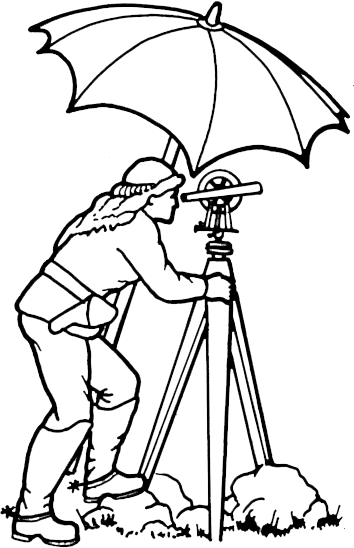By Alex Worsfold
I have just returned from a bumper trip of archival visits around the UK, in search of the records of British women working in Palestine during the Arab Revolt (1936-1939). My hunt has taken me to the National Archives, the British Library, and then onto the Middle East Centre Archive (MECA) in Oxford – and next week it will take me to the Gertrude Bell Archive in Newcastle. The MECA has so far proved most helpful, housing a range of personal collections and memoires of British teachers and administrators in Palestine.
These records take a myriad of different forms: some are letters, as is the case with Dorothy Norman, or with Susana Emery’s, whose correspondence with her father, mother and best friend are littered with striking sketches of her travels around the Middle East in between busy weeks running missionary schools in Haifa and Jerusalem.
Others take the form of longer diaries or memoires, as is the case with Kitty Dixon’s account of her and four friends’ journey through Transjordan to visit Petra. Most striking a narrative perhaps is that of Hilda Wilson, who while working at Bir Zeit College (now the University of Bir Zeit) came into contact with British soldiers, rebel leaders, and everything in between. British women made up a miniscule proportion of the British population in Palestine – modern academic accounts put around 50 British women in Palestine during the entire Mandate, yet their perspectives and accounts of the anti-colonial violence of the Arab Revolt are incredibly revealing of the gendered nature of how anti-colonial resistance was perceived.
The women my research has centred around have worked in the missionary school system. These were schools run by Christian missionary organisations based in Europe, who funded educational institutions that mainly targeted middle class Christian families in urban areas – although these schools were also open to Jewish and Muslim children too. These were seen as institutions that would create the ruling elite of a future independent state, having been raised and educated in a way that made them naturally sympathetic to British interests and culture. Many of these schools and organisations traced their history back to the Ottoman period, which really marked the first time of European penetration into Palestine. The most prominent of these in the research conducted so far, and perhaps within the English missionary system, was the Jerusalem and the East Mission, which ran a number of schools in Jerusalem, Jaffa and Haifa.
Images are hard to come by of these institutions – this one was found on a Facebook group hosted by old residents of Jerusalem, who graciously allowed me to utilise their photos in my research. It is no small joy to see the former pupils identifying their classmates in these photos, and such a democratisation of history was a welcome break from institutional archives. This above image is the Jerusalem Girl’s College in Rehavia – one of the Jerusalem and the East Mission schools. Although hard to find, the buildings still survive as part of the expanded Gymnasium Rehavia School.
One thing that has surprised me so far is the disparate reasons these women had for coming to Palestine. Many were of the same class, age and status, and I had figured going into this research that many may have taken inspiration from the notable female archaeologists of the period. At least one; Hilda Wilson, makes several reasonably feminist statements throughout her work and so I had figured there may have been some inspiration drawn from the likes of Olga Tufnell, Kathleen Kenyon or even Gertrude Bell. My suspicions were furthered when I noted the number of archaeological and historical sites some of these women went on – surely there must have been a connection? Yet so far, I have found nothing that refers to any role model or figure that had played a part in their decision to move. They appear to have been broadly organic decisions that did not factor Palestine’s specificity as a reason for their moving. No doubt the relative obscurity of women like Olga Tufnell is down to the near-celebrity status afforded to male archaeological project leads, which surely would have overshadowed the achievements of nearly everyone else within the project. This is a major route of exploration for the rest of the project.


